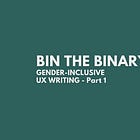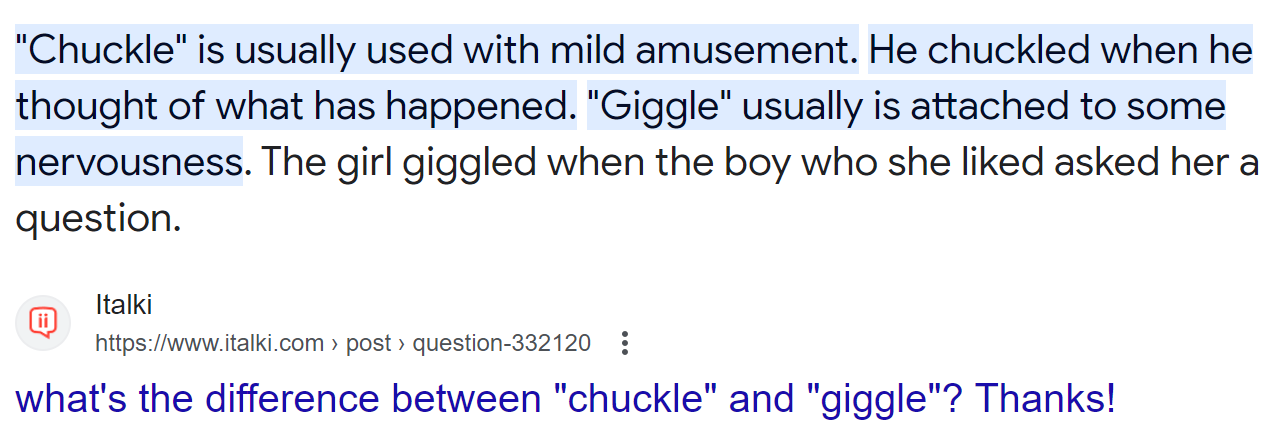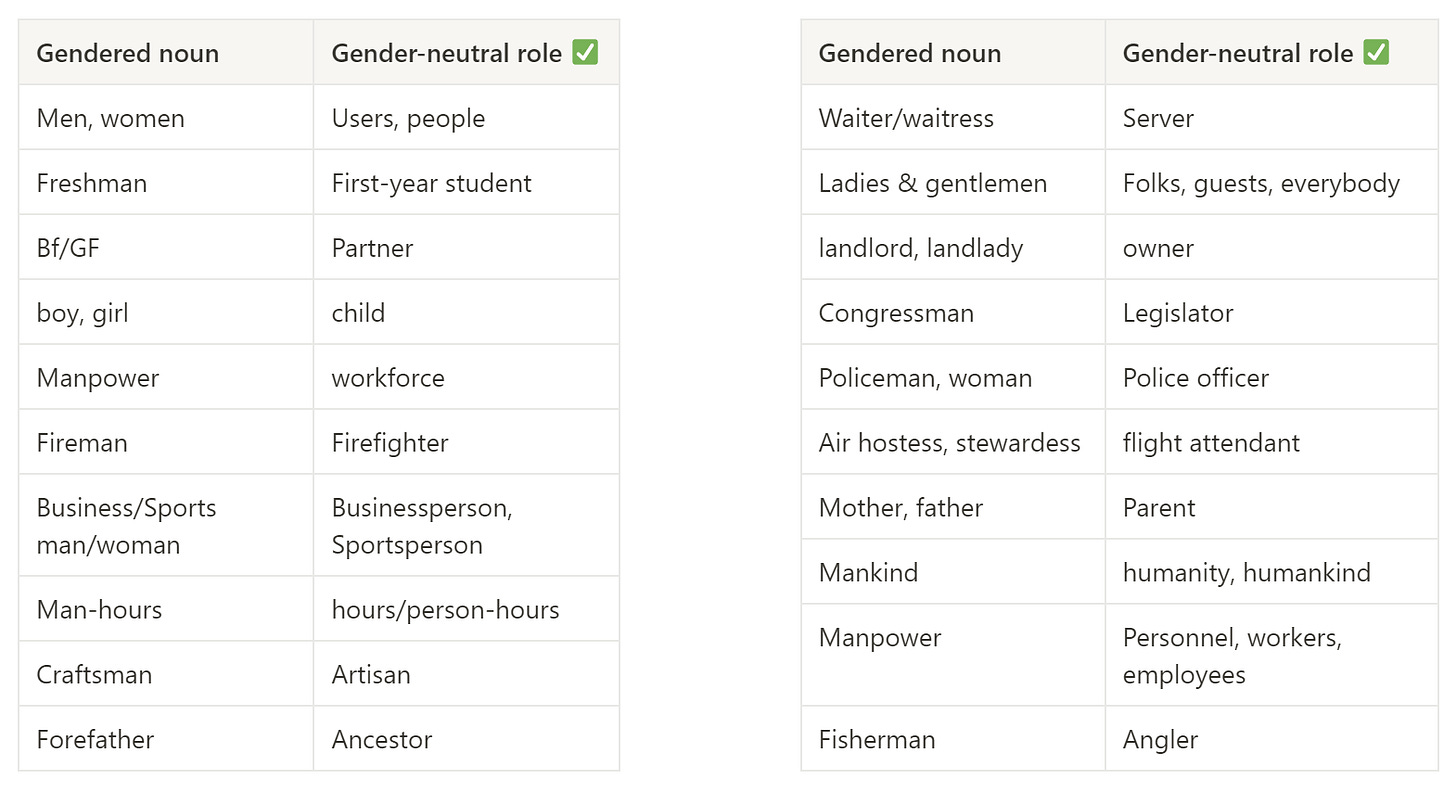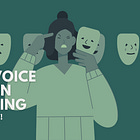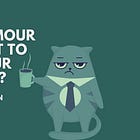Bin the binary: 5 steps to write a more gender-inclusive UX
Part 2 in the series
Last week, I kicked off a 3-part series on gender inclusivity, and the response has been overwhelming. I’m genuinely humbled by the warmth and support I received from the community. Thank you!
ICYMI, here’s the first post from the ‘Bin the binary’ series:
I used to believe that Nike was a gender-inclusive brand. It very much is, except when the website architecture failed to follow through with the marketing campaigns.
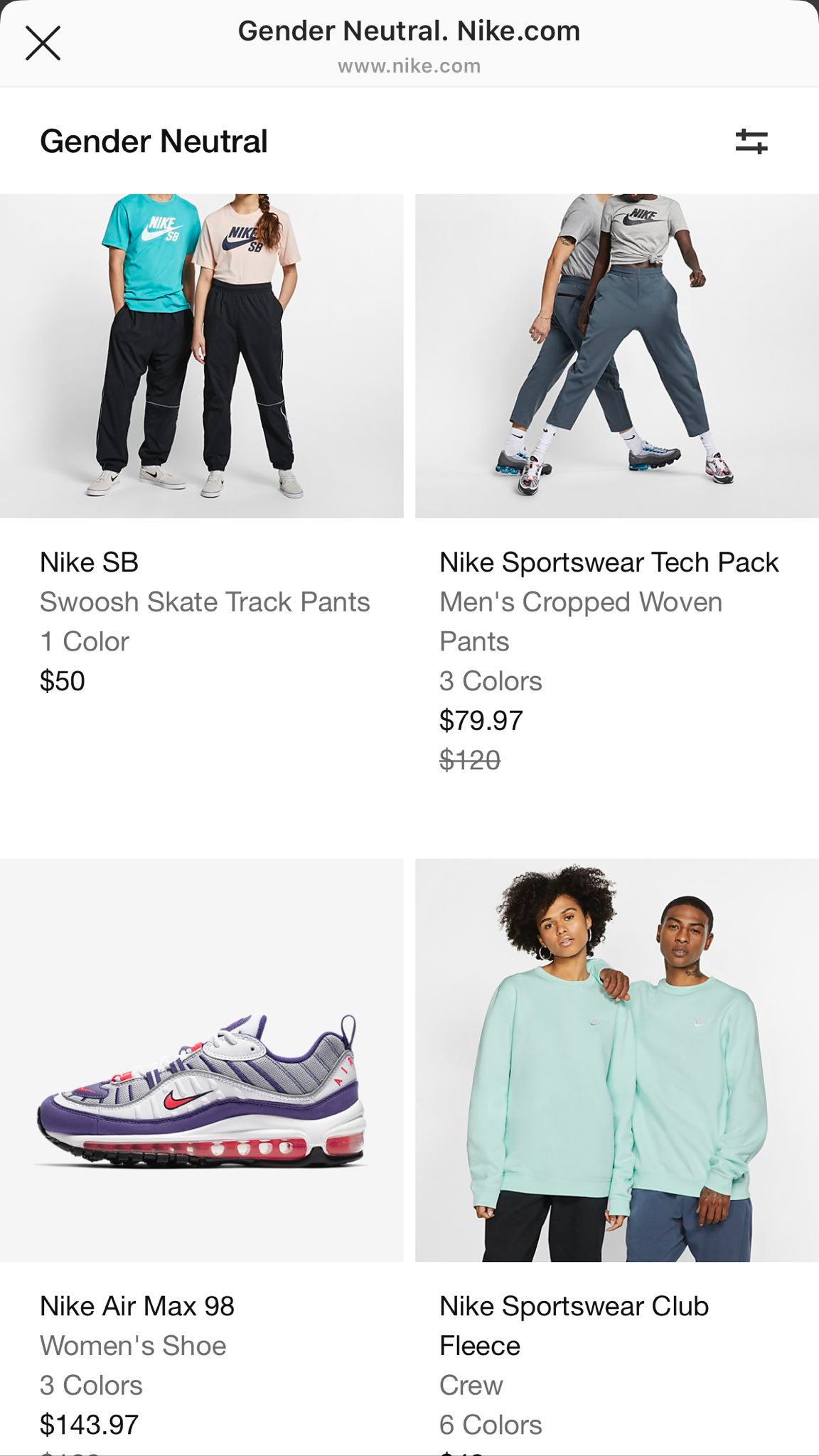
To avoid landing in a similar soup, here are five steps to be more gender-inclusive with your UX writing:
Step 1: Question the requirement
Is asking about gender really necessary?
It could be if your product will use that information for medical, legal, matchmaking or gender-uplifting policy-making decisions. Otherwise, question the internal teams on how they plan on using this information and if it will add value or lead to discrimination.
81% of surveyed Gen Z’s said gender doesn't define a person as much as it used to.
~ Survey by JWT Innovation Group, May 2015
In fact, Snapchat, THE platform for Gen Z’s self-expression, doesn’t feel the need to ask for its users’ genders!
Step 2: Ditch the ‘Average’ user
There is no average user or an umbrella term when writing to include. Treat everyone as an individual. And I get that it’s unsettling to imagine writing for a whole spectrum. So, figure out ways to generalise.
This is how Thinx did the same:
“For people with periods”
No mention of women, transwomen, queer, human anatomy, etc. Sometimes, inclusion is that simple.
Step 3: Question your word choice
Our unconscious biases run deep. Really deep, and it will take tremendous effort, almost bullish, to slide these biases out of our way and write inclusively. Let me elaborate on this with an example of something you’d hardly notice:
Notice how the sample sentences talk about different genders — Chuckle with a male, and Giggle with a female. It’s an unconscious bias and quite easy to dismiss, but have you ever used ‘giggle’ for a male? Yeah, me neither!
Opt for gender-neutral terms to avoid boxing people in.
1. Gender-neutral adjectives
2. Gender-neutral title: Mr, Miss, Mrs → Mx
Side note: I don’t like Ms/Mrs either. It reveals a woman’s marital status unnecessarily. What are your thoughts on this?
3. Gender-neutral address:
Dear sir; Hello, ma’am → Dear editor; to whom it may concern; Hello, Priya
4. Gender-specific labels and pronouns: They, You
Psychological associations of English-speaking nations advocate the use of ‘they’ to include everyone and avoid assumptions about gender. It can be used both as plural and singular (Yes, singular too. Authors like Jane Austen, William Shakespeare, and George Orwell have been using it that way since the 14th century. Just follow their footsteps.).
E.g. A good doctor takes his job seriously. → A good doctor takes their/the job seriously.
Don’t want to or can’t use ‘they’. Use ‘you'.
Side note: Languages like Hebrew and Turkish have a gendered ‘you’. That complicates things a bit. However, try to find ways around it.
E.g. Do you need xyz? → Is there a need for xyz?
Reference to explore: The international guide to gender-inclusive writing
⚠️ Reserve words like we and our to represent your product or business. Otherwise, their usage could indicate a personal relationship with people, which might be considered offensive.
More on titles and pronouns in the next newsletter.
5. Gender-neutral roles instead of gendered nouns
Reference to explore: Guidelines for reducing bias
6. Refer to the action instead of the person
E.g. Sam beat all her opponents → Sam won!
The receptionist will it print is for you. → Printing is at the front desk.
7. Avoid metaphors or tweak them
Metaphors have cultural origins. Some even have oppressive and alienating connotations.
E.g. Man the station, peanut gallery
Others often obscure the meaning and call for higher societal exposure and level of education (which many of my gender non-conforming folks didn’t have access to). Lead with clarity. Use universally understandable phrases that do not favour or stereotype any specific gender.
Step 4: Mind the tone
An extension of the last point, an academic tone can also make an app seem like it welcomes only high levels of education. Best to avoid it.
Also, think a hundred times before including humour. It’s subjective and difficult to interpret correctly, like metaphors and slang. You may end up sounding condescending or insulting.
Step 5: Go the extra mile
Now, let’s go back to our first example — Nike — where the website’s information architecture failed to follow through with the marketing comms. As a UX Writer, it’s your job too to keep the brand voice and values consistent.
Have frequent communication-centric sessions with the other writers in your organisation. See how products are being tagged and categorised in other teams. I often see one of the two things happening:
Gender-neutral products are packaged and pitched to cisgender men and women. For example, toys are extremely gendered. Even wine and beer!
Interests and tastes are tagged as masculine and feminine; based on your interests, your gender is assumed. You like skirts and makeup? Let’s recommend you women’s products. I know that’s not true. (See #MenInSkirts and #MenInMakeup)
Band together and advocate against such reductionism. Make and enforce a style guide if you must.
Check out this phenomenal style guide for transgender people by The Radical Copyeditor as starting reference.
Next in the series: Designing more gender-inclusive forms & getting internal teams on board + Resources
Note: While trying my best to write inclusively, I’m only human. Please feel free to reach out to me to point out my biases and blindspots and share resources for everyone’s education. I’d be highly grateful to you.



